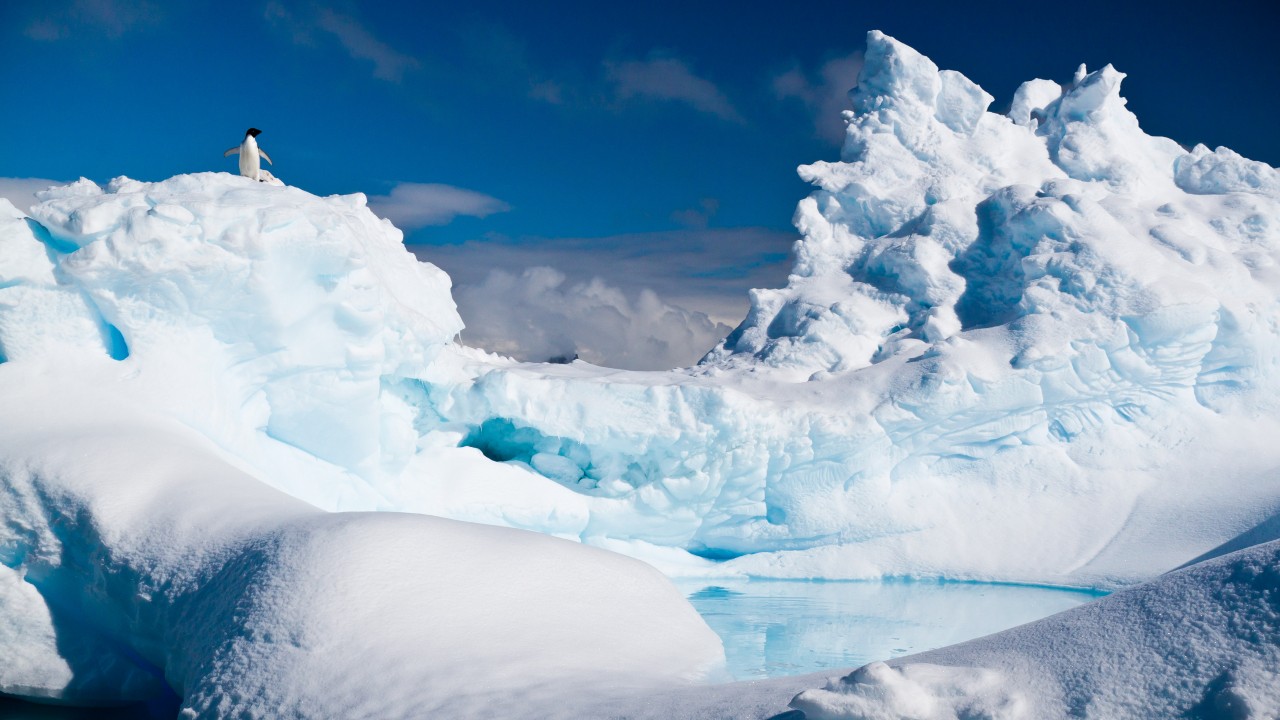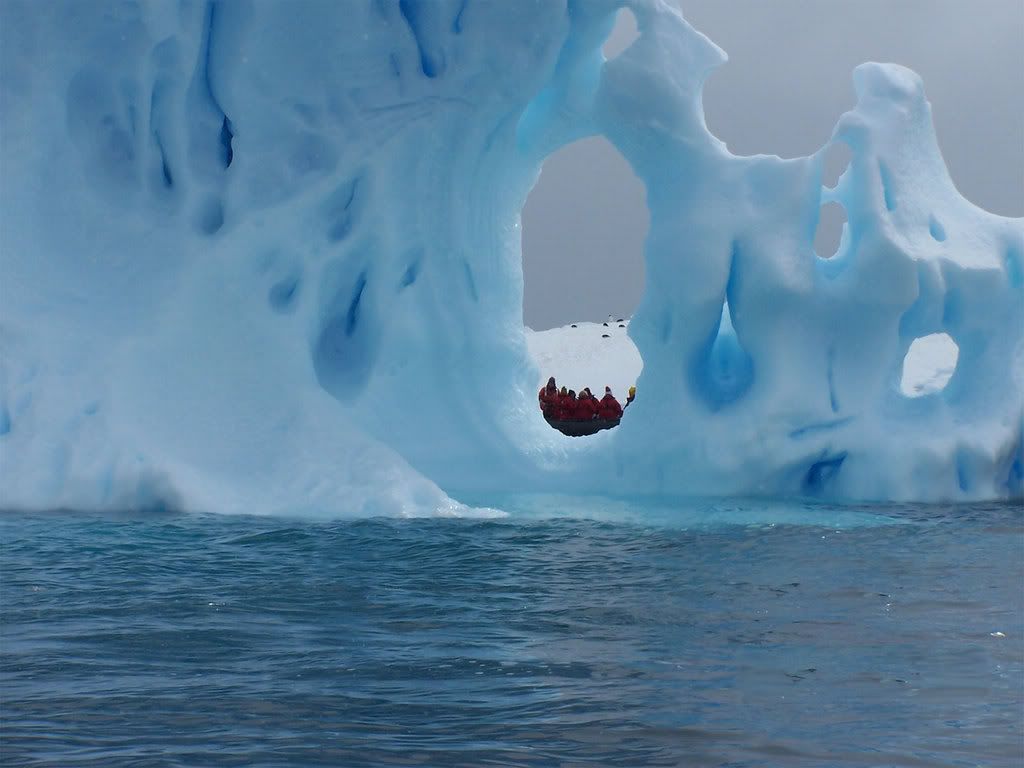A glacial pace
The icebergs Alshehi has his eyes on measure about 2,000 feet by 7,000 feet and weigh around 100 million tons. Such mammoth bergs are too big for ships alone to tow, so plans call for the vessels to seek out favorable ocean currents to speed the journey. Estimates suggest that the icebergs could be towed at a speed of roughly 1.5 miles an hour. That glacial pace means a trip to the UAE would take about 11 months.
Alshehi is tight-lipped about exactly how water from a towed iceberg would be obtained and distributed once the iceberg reaches its destination. But the general plan is to crush the iceberg bit by bit while it's still offshore, then load the ice onto tanker ships and take it to shore, where the liquid water would be purified and sold to the government and private water companies.
A significant amount of the iceberg would melt along the way. And some experts worry that icebergs might simply fall apart along the way.
“Transporting ice over these distances will be a major challenge,” says Nick Holschuh, a glaciologist at the University of Washington. “Not only do they have to deal with losses of ice due to direct melting, they have to prevent the mechanical breakup of the iceberg as surface melt accumulates. Any pre-existing weaknesses will affect the iceberg’s resilience to warm ocean water, warm air and stresses induced by towing.”
But Alshehi is undeterred. He estimates that about 30 percent of a large iceberg would melt on the trip from Antarctica to the UAE. But he says the enormous quantities of fresh water trapped within one of these large icebergs — between 100 million and 200 million cubic meters — would be enough to meet the drinking water needs of 1 million people for five years. Even if a third of the iceberg is lost, he says, it’s still enough to justify the effort and enormous cost.
Environmental concerns?
What about the environmental cost of towing icebergs? Alshehi says there is no reason for concern, pointing out that the bergs to be lassoed have already broken away from the Antarctic ice sheet and are floating in the ocean hundreds or thousands of miles north of the southernmost continent.
Holschuh agrees.
“Icebergs breaking away from the main Antarctic ice sheet is just a natural consequence of ice flow,” he says. “By the time they’re fully separated from the grounding ice, they have limited impact on the rest of the ice-ocean system. So for the volumes of ice we’re talking about, dragging away these icebergs would result in almost no changes.”














Comment